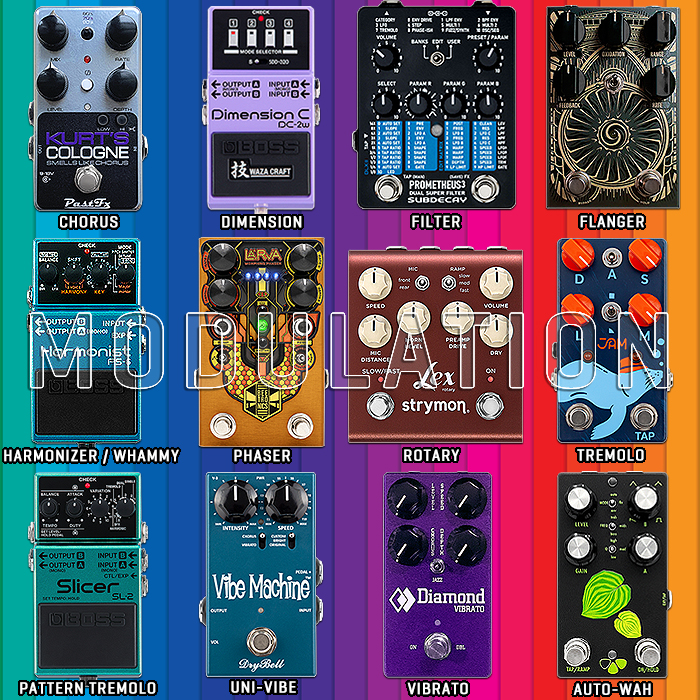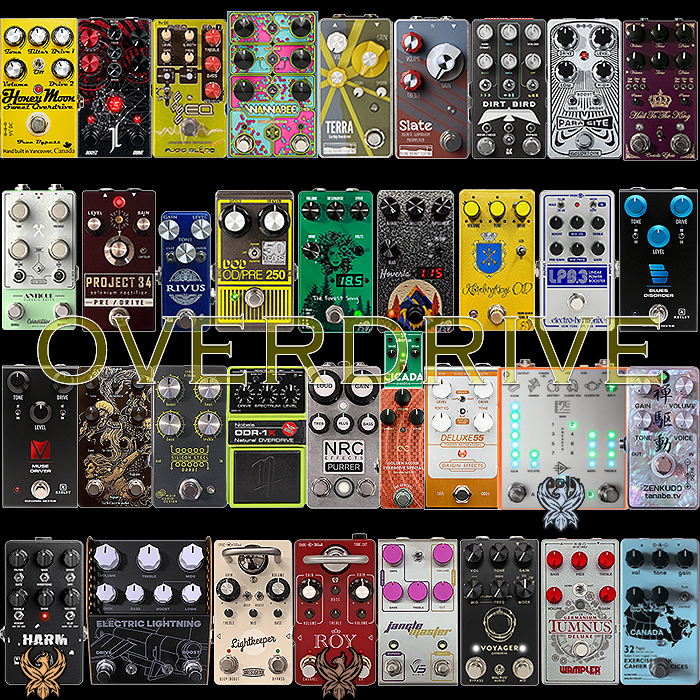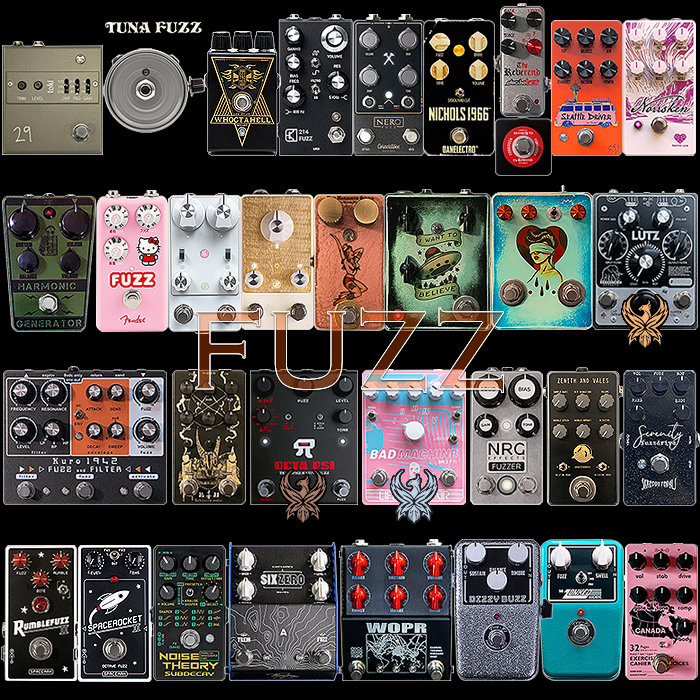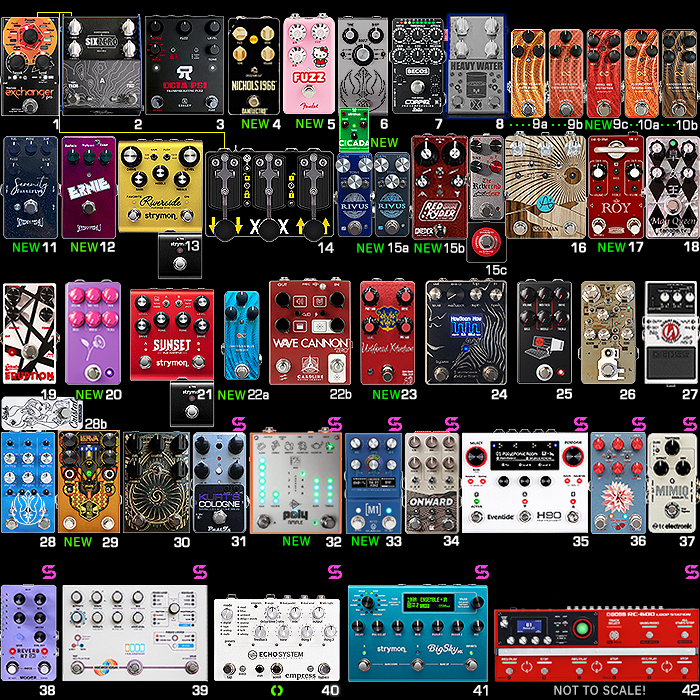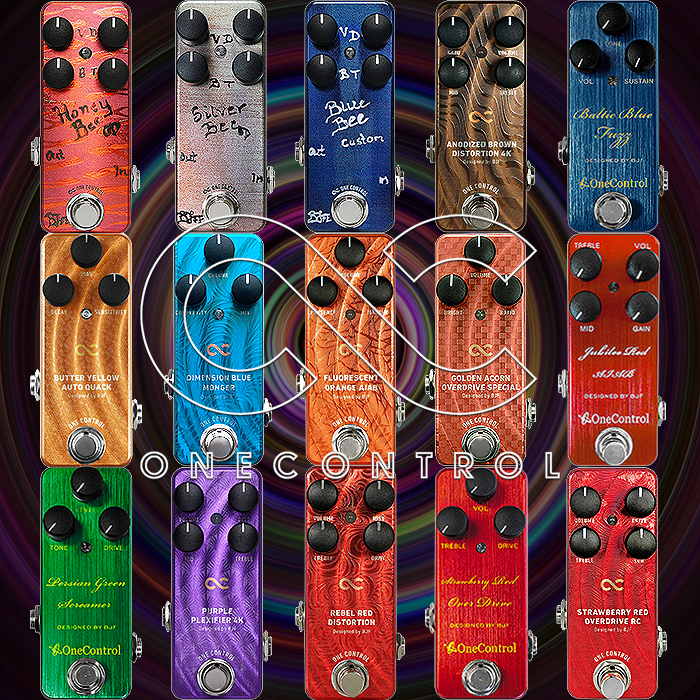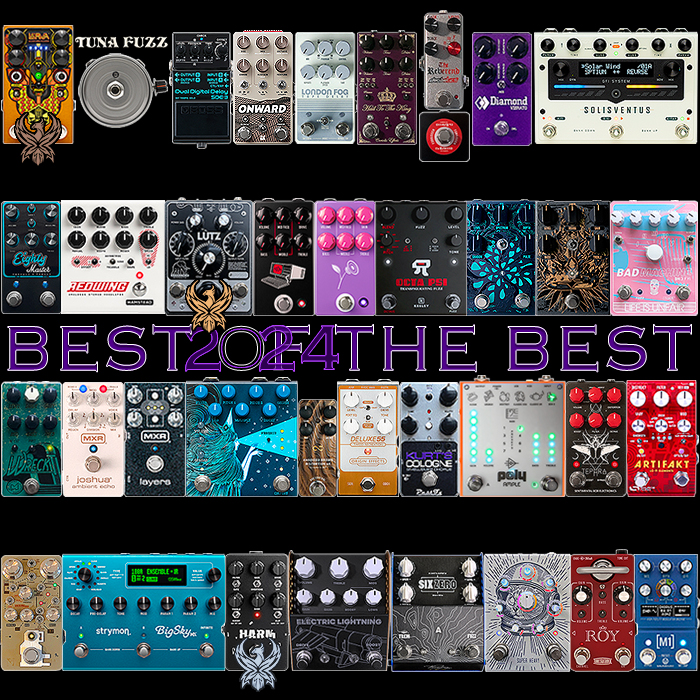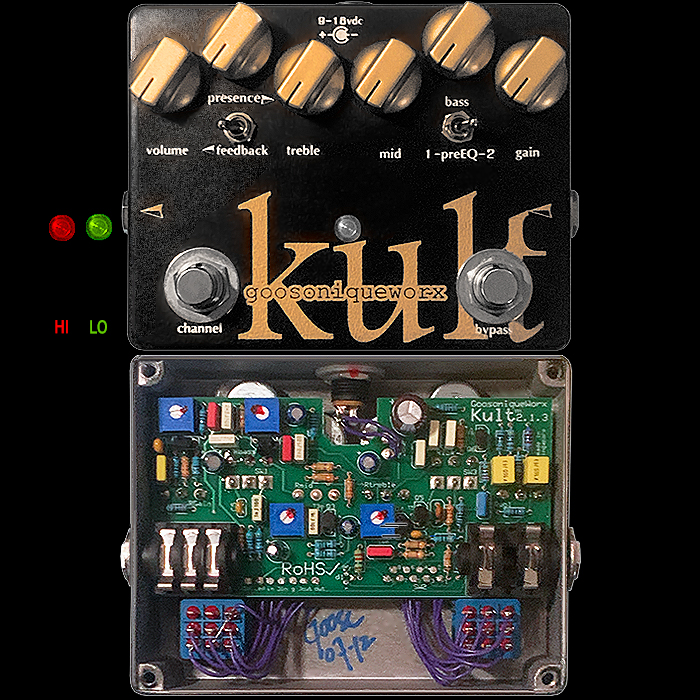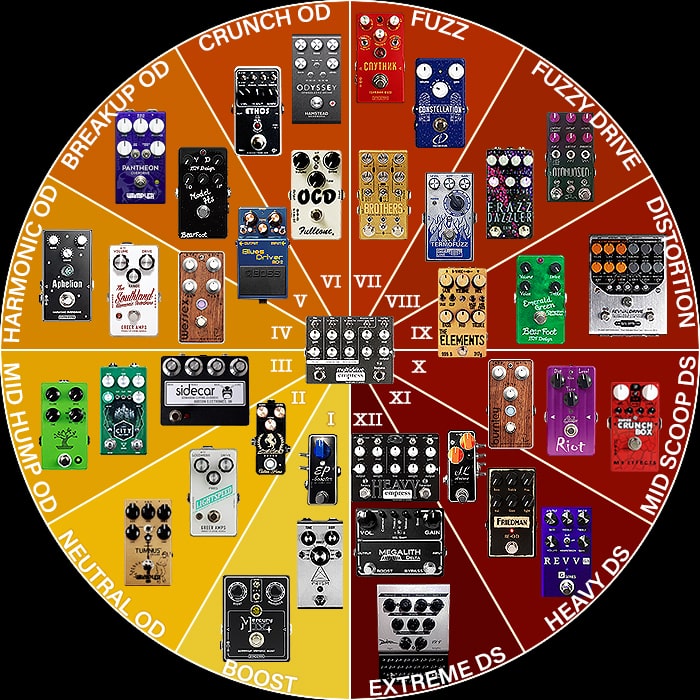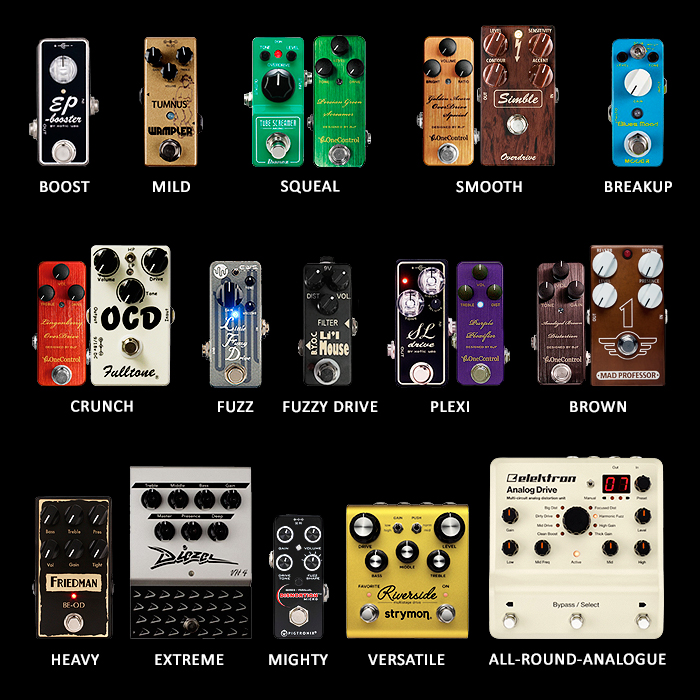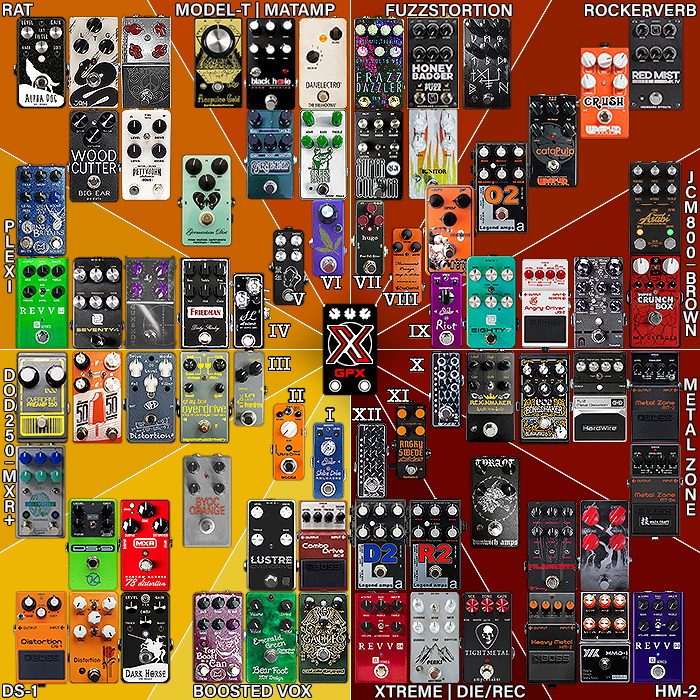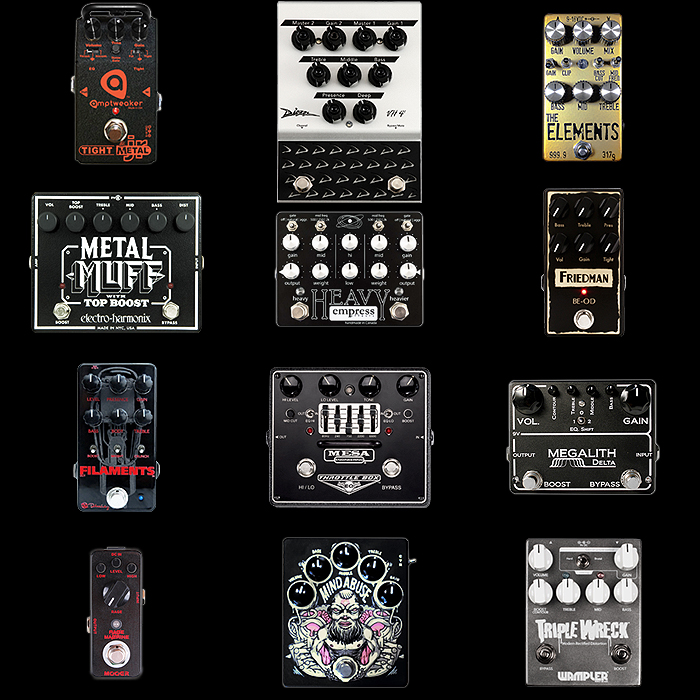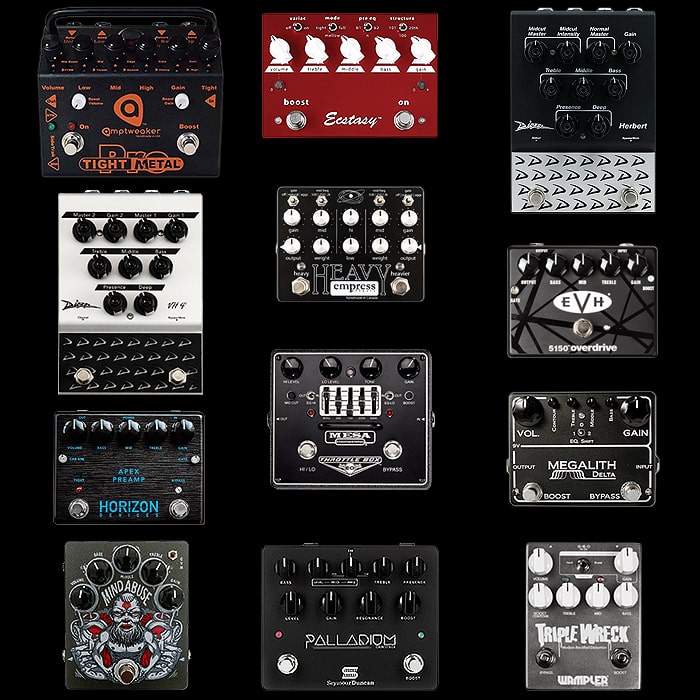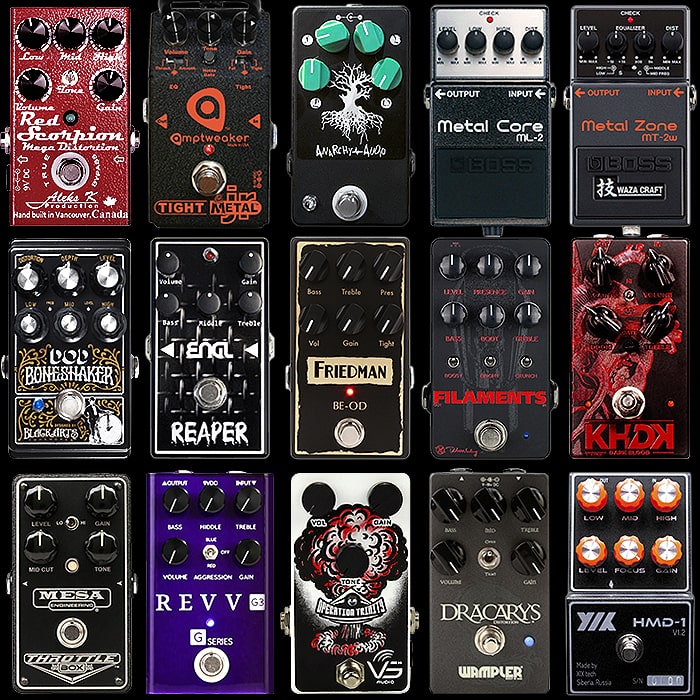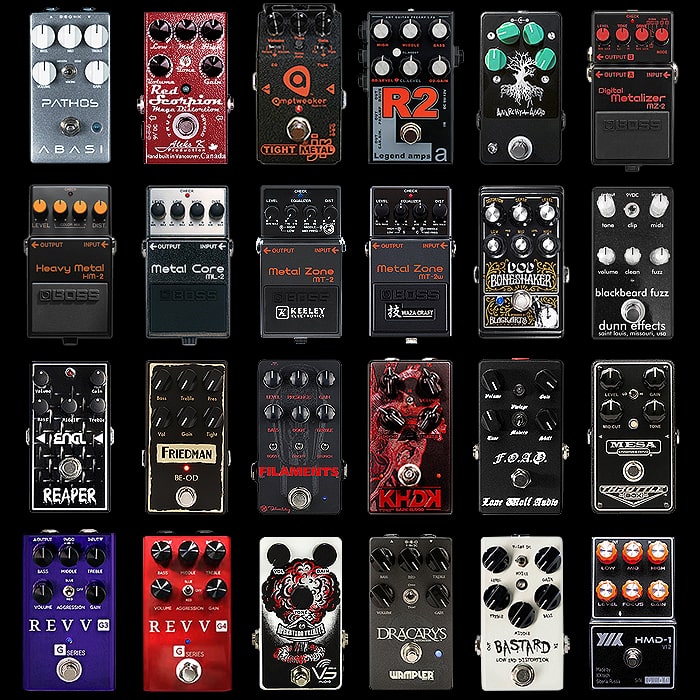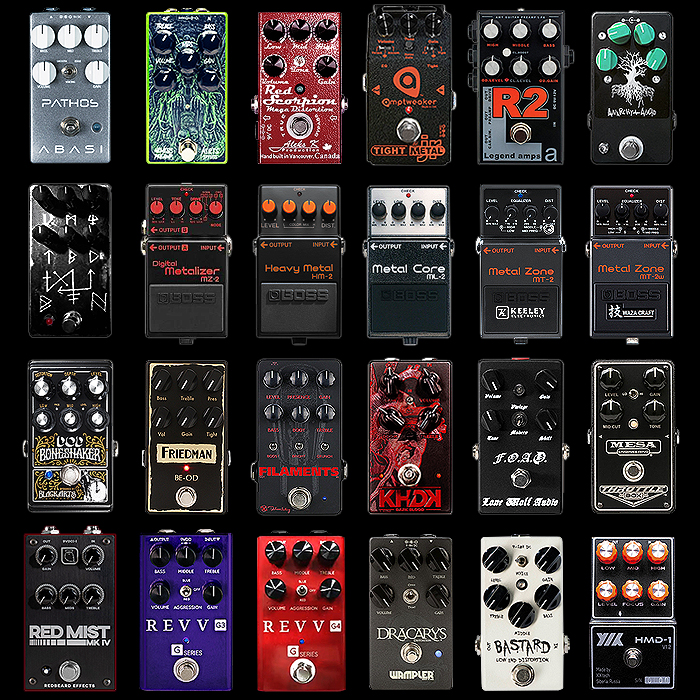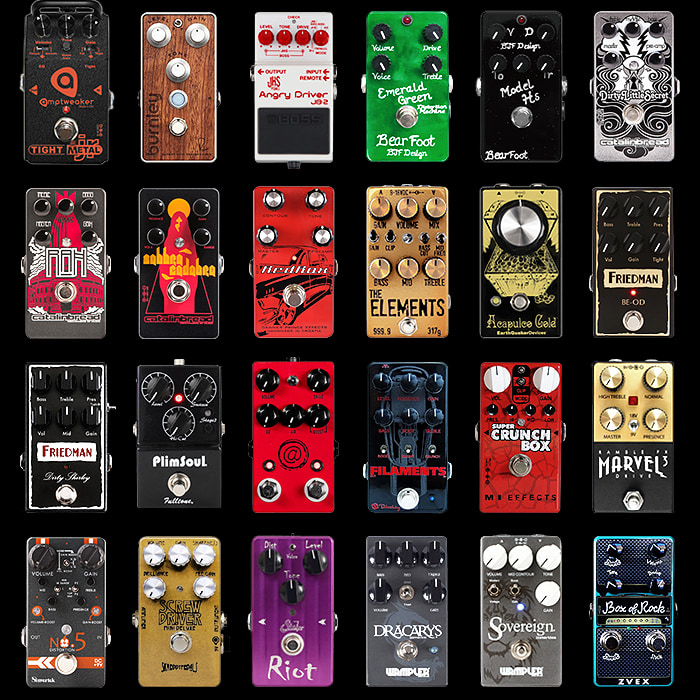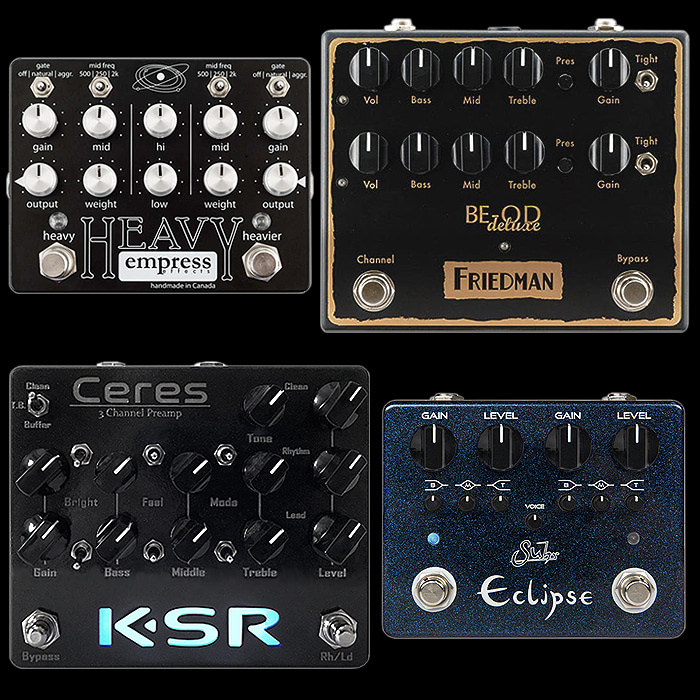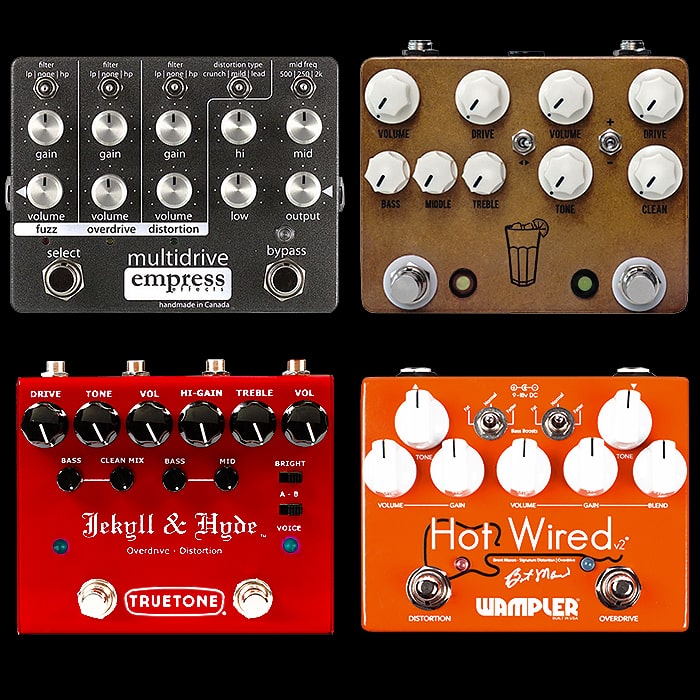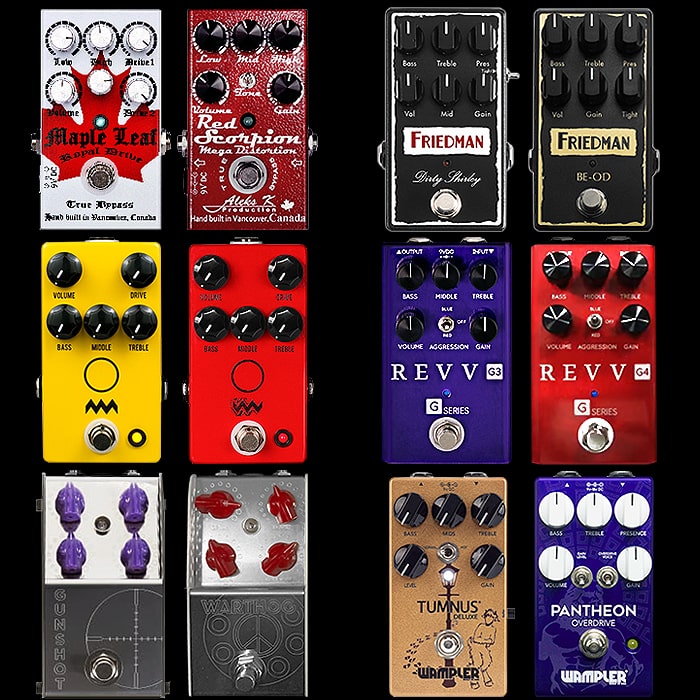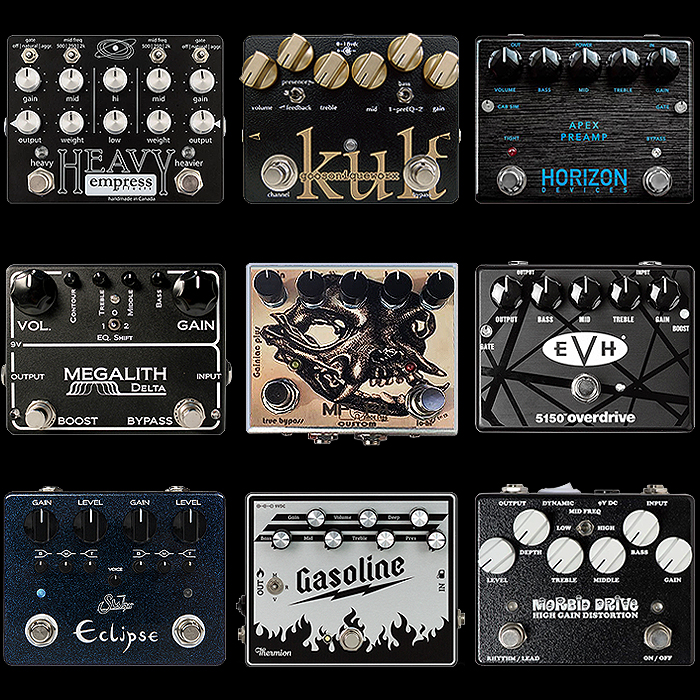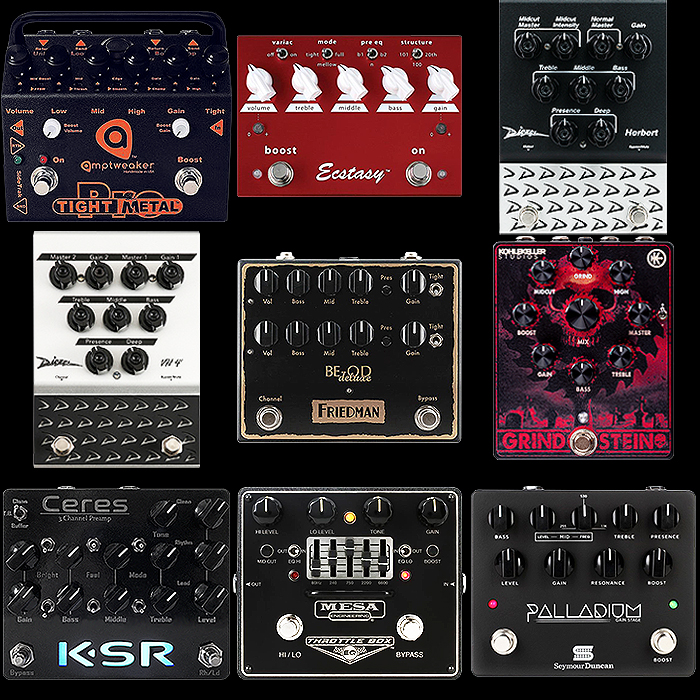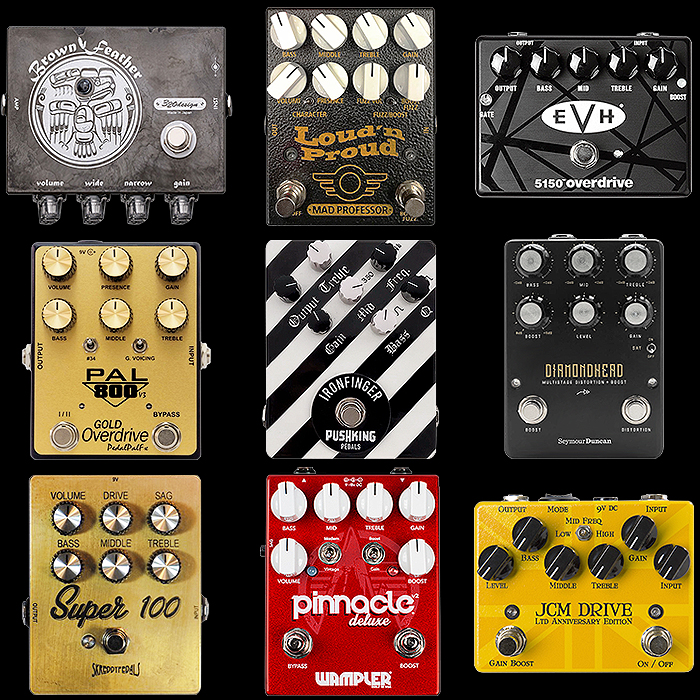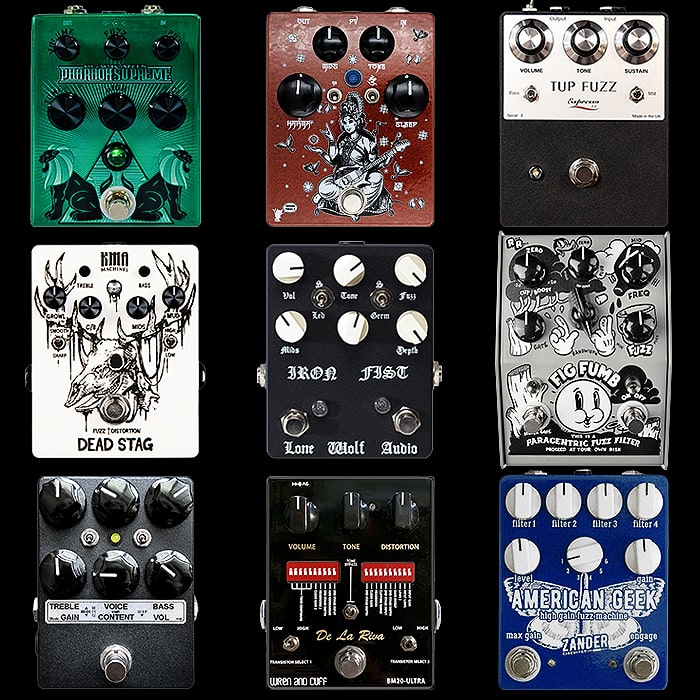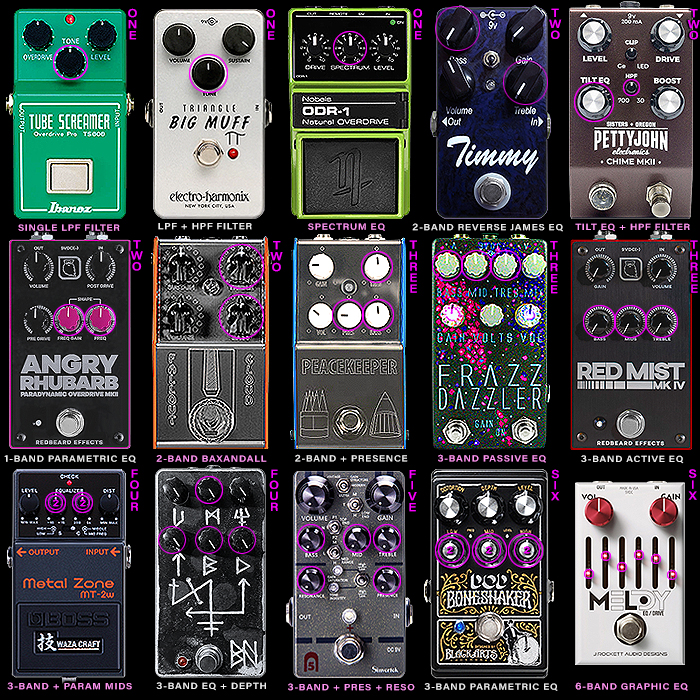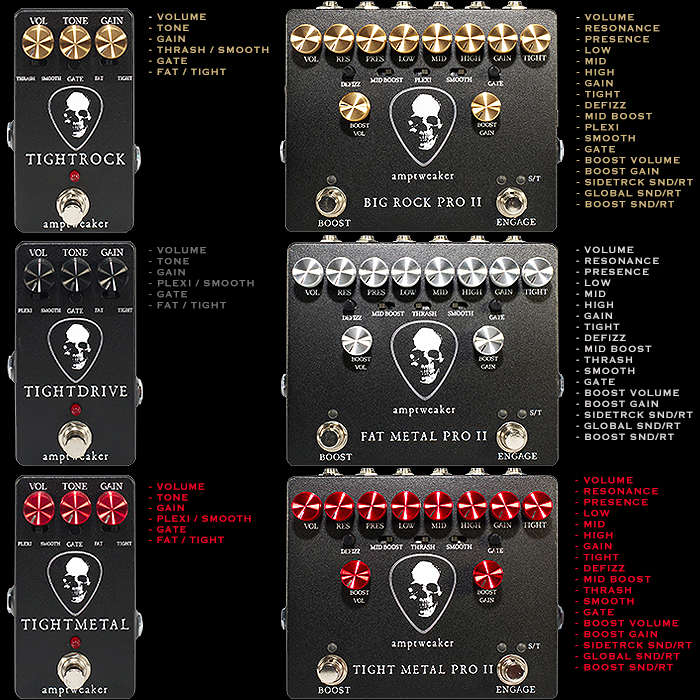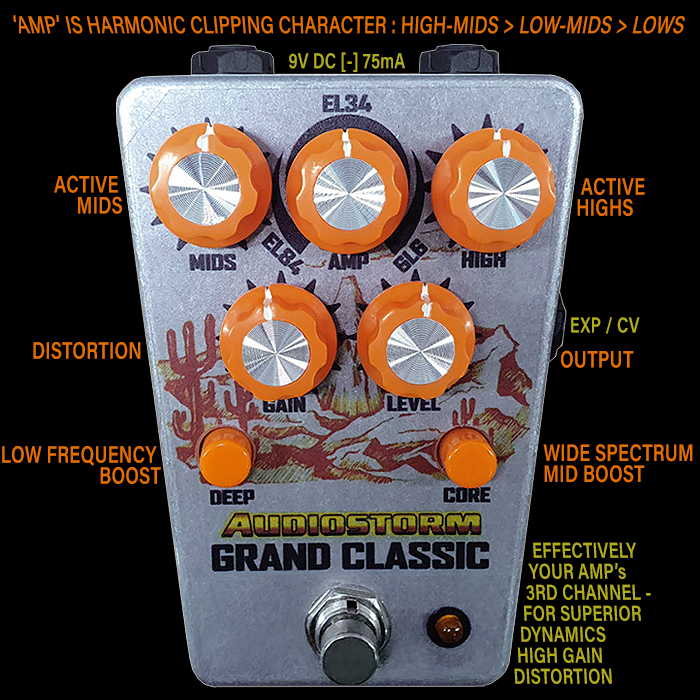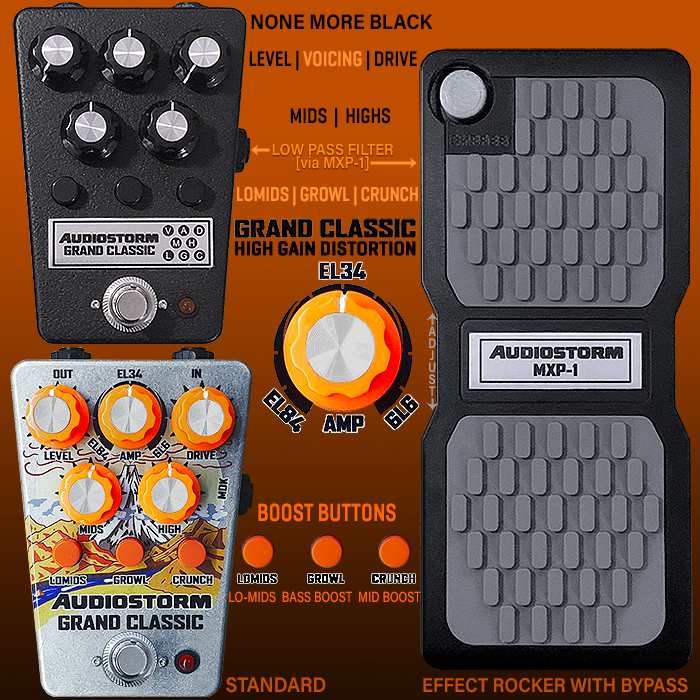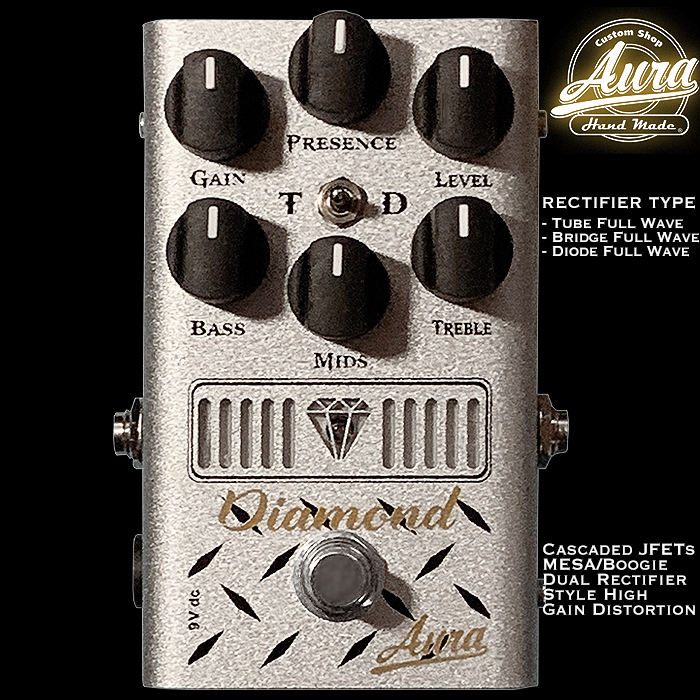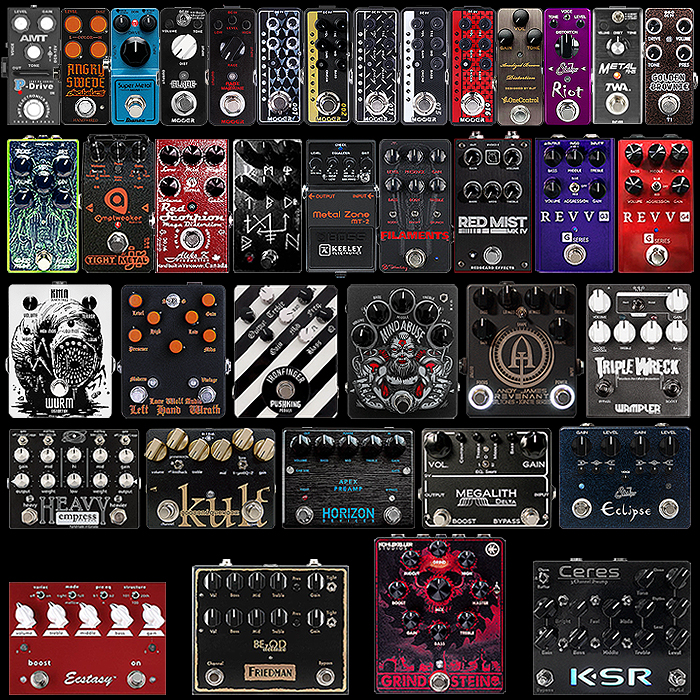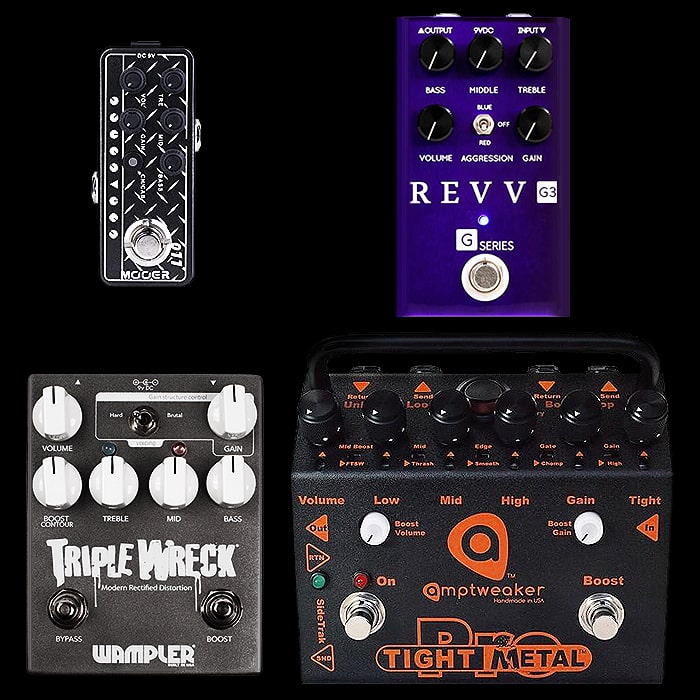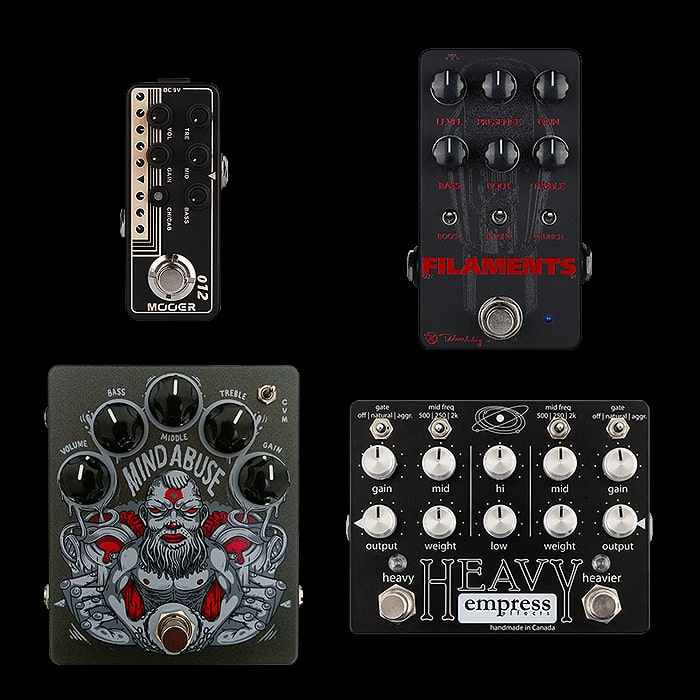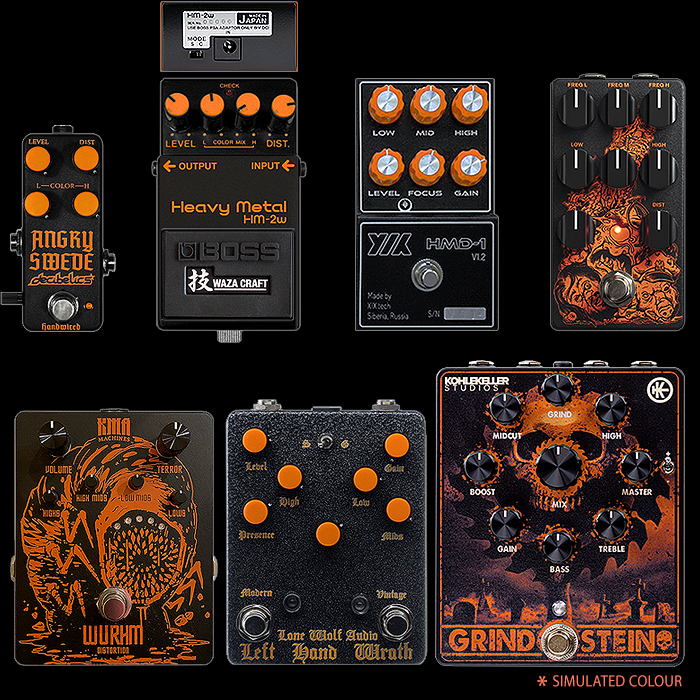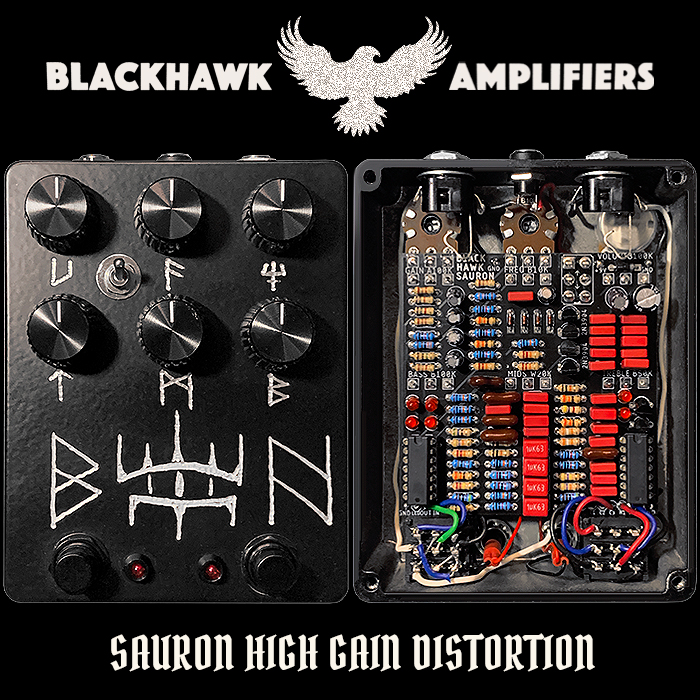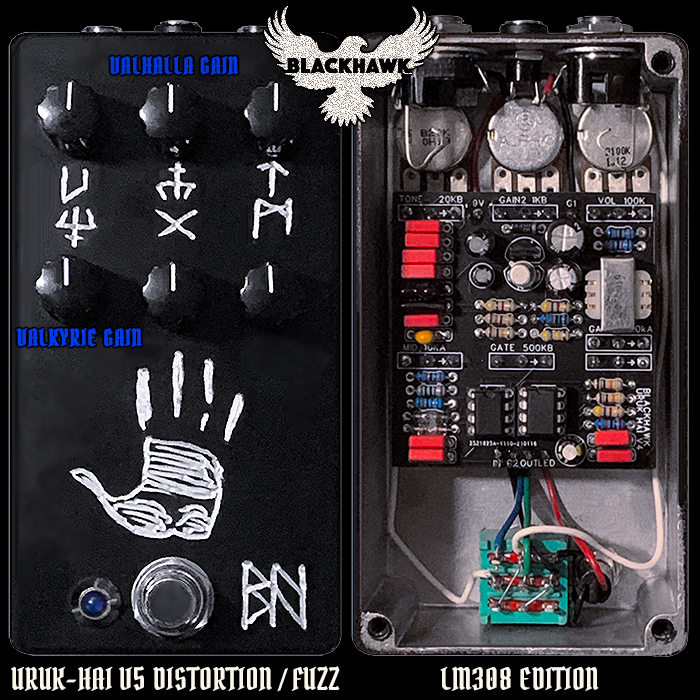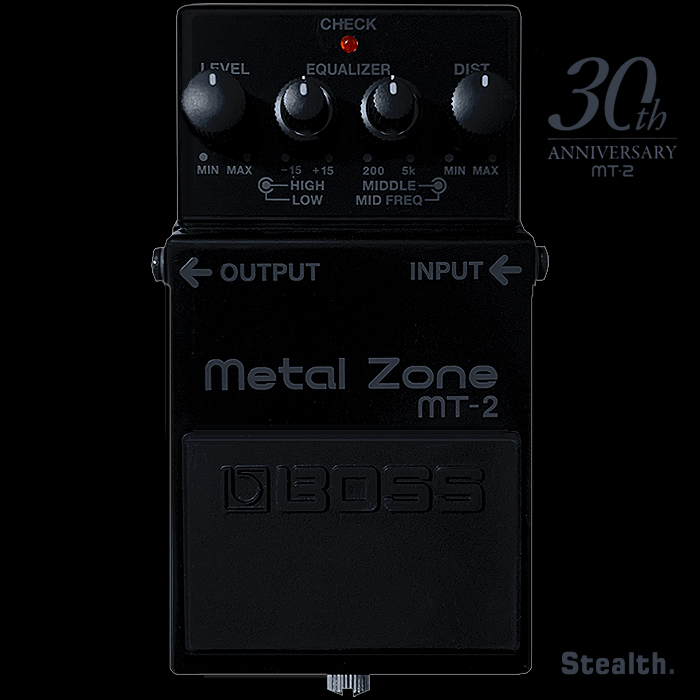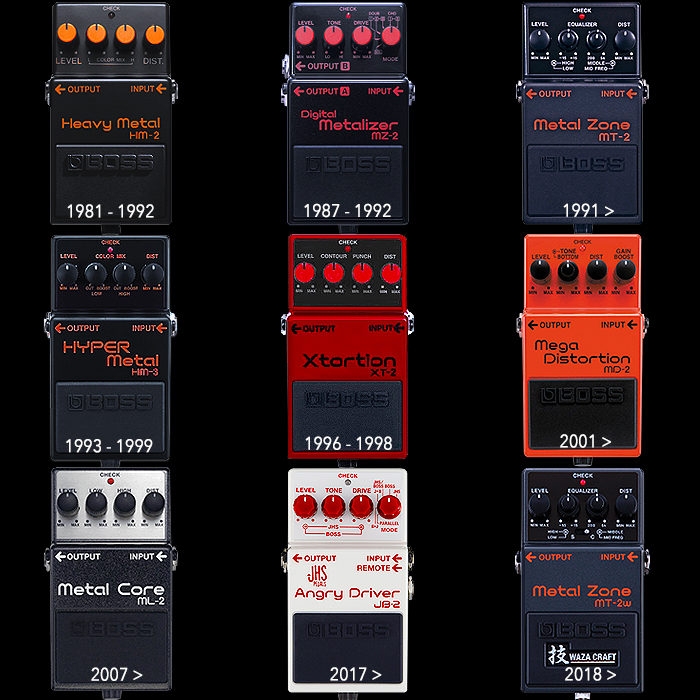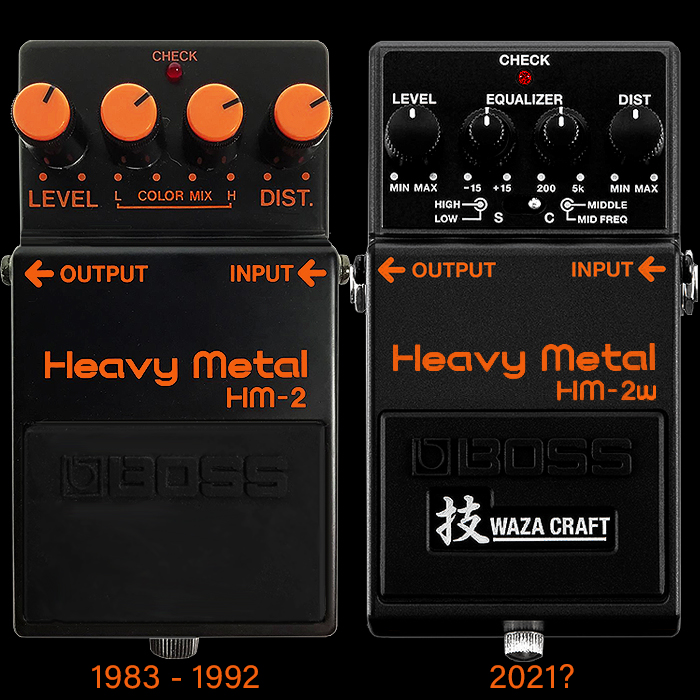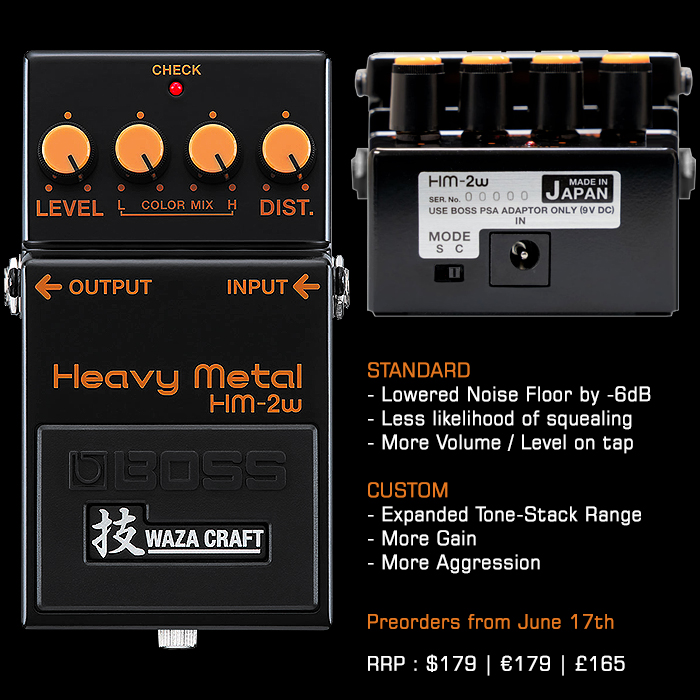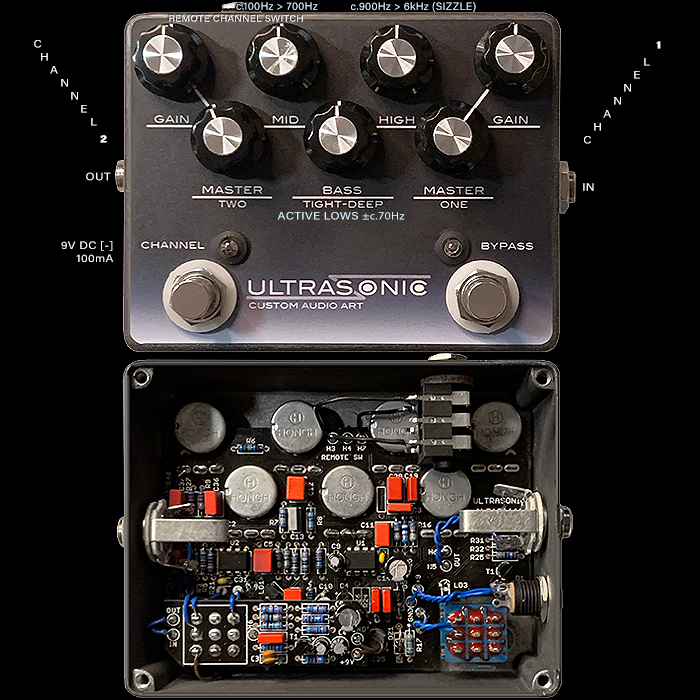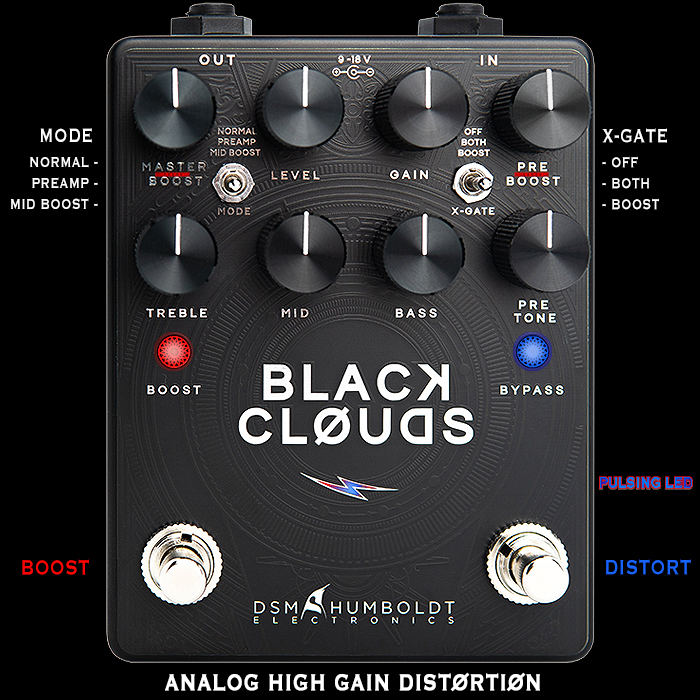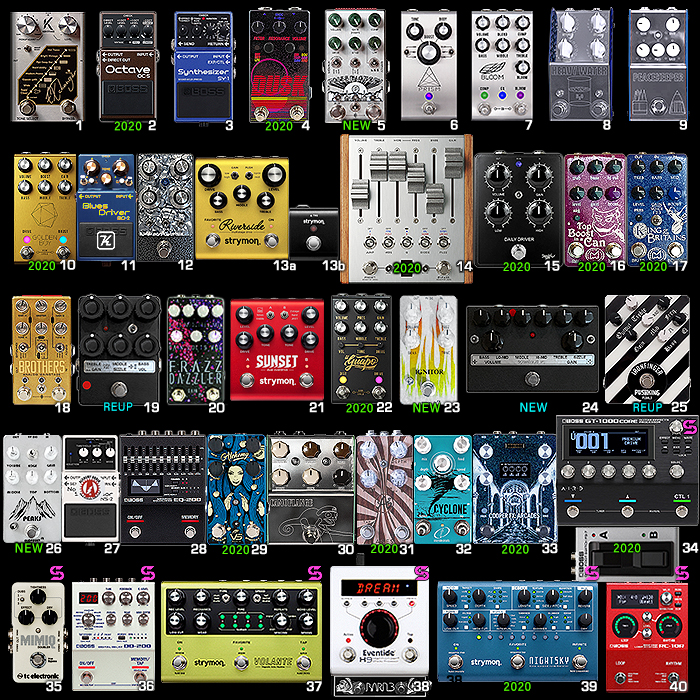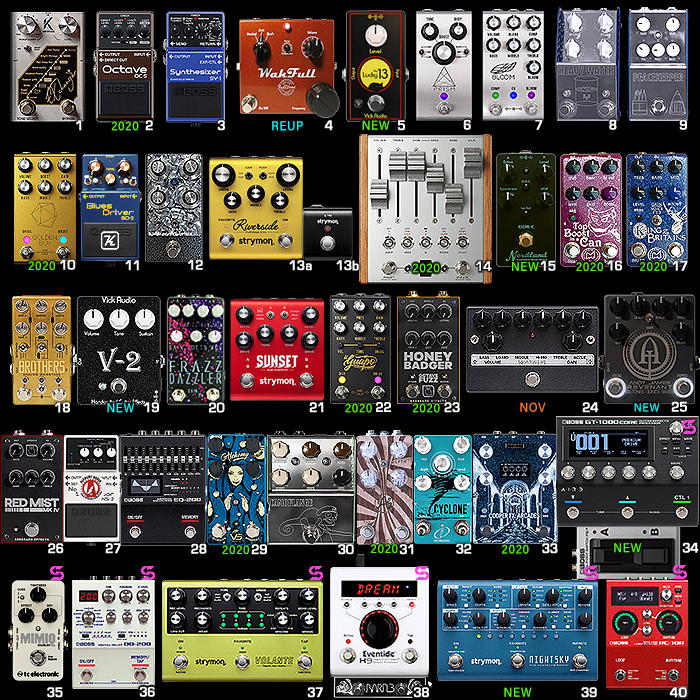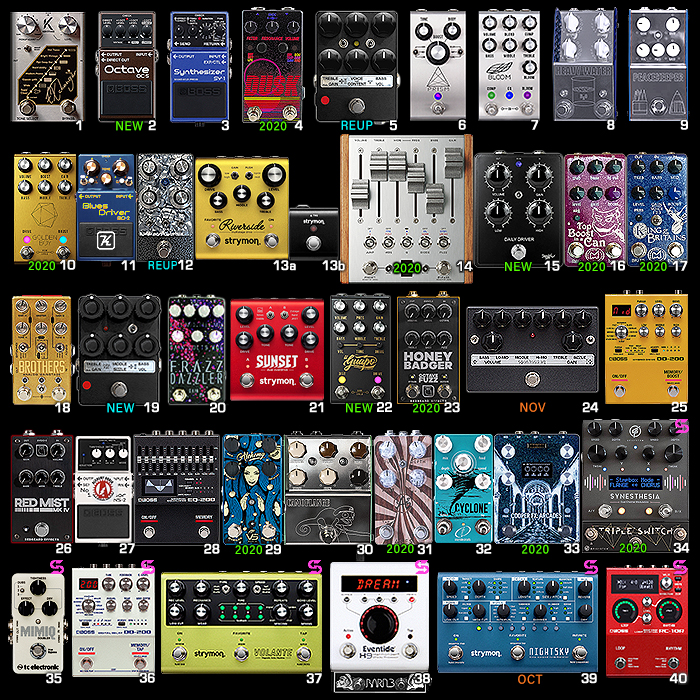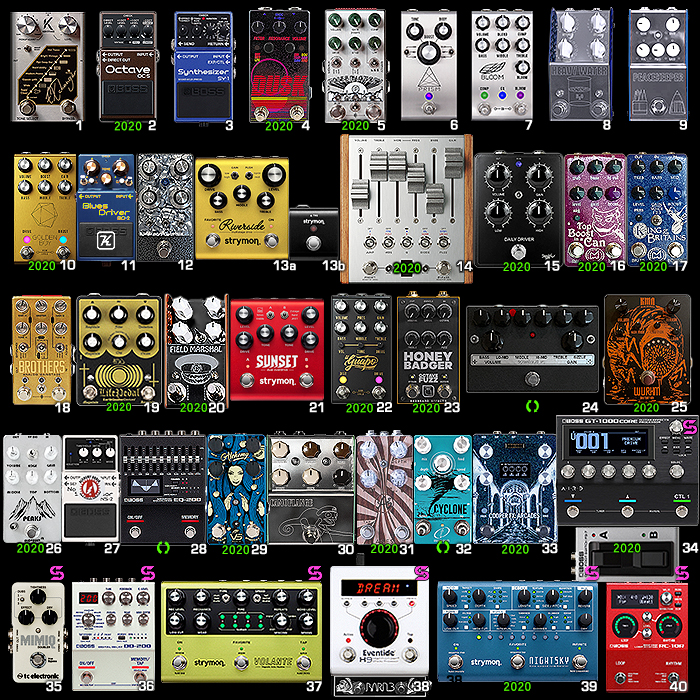Ed Rembold's Toneczar Openhaus 6-Band Active EQ High Gain Distortion is a Beautifully Balanced Metal Monster
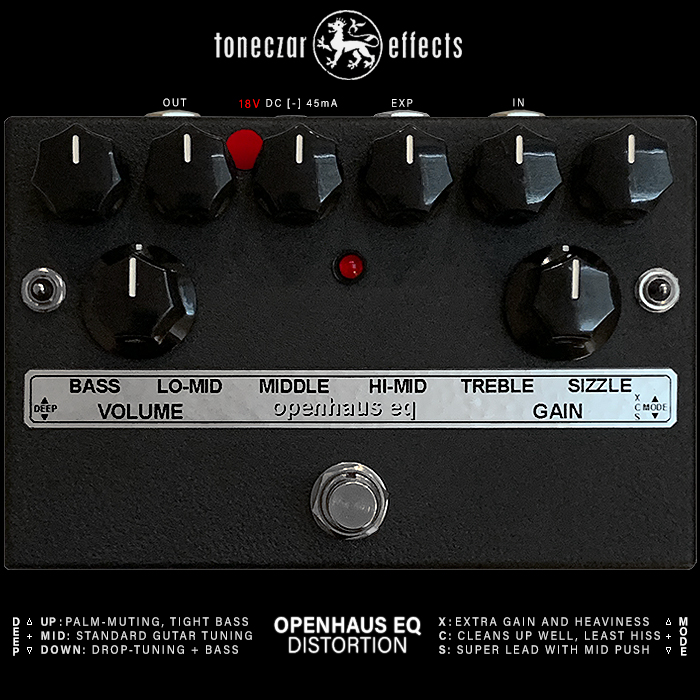
You may recall the story of how I was for the longest time chasing the 3-Band EQ more compact original version of this pedal. But was persuaded by Ed in the end to go for the considerable superiority of his latest evolved edition - where he had finally gotten the noisefloor to its most optimal and desired level - and the timbre of the distortion to the perfect degree and combination of sizzle, punch and articulation.
The fact that you have 6 Active Bands of EQ - that you can adjust to ±18dB each - makes for an extraordinary tone-shaping experience - and those frequency bands are suitably rich and impactful - yielding an incredibly balanced output - where the signal always leans toward being tight and controlled - yet fully saturated too. I’m able to get that really solid low-end doom while maintaining the punch and articulation of the distortion which is hugely impressive. You can get tones here which other varieties simply cannot accommodate.
The use of this pedal could not be simpler - the controls are very elegantly and wholly intuitively laid out. I actually find myself operating mostly with the 2 x 3-way toggle-switches set to their middle positions.
The first, left-hand 3-way toggle-switch is a Deep / Degree of Low End control where the Middle position is for Standard Guitar Tuning, Up is intended for more Tight Chugging and Palm-Muting, while down is for gnarlier Drop-Tunings and Bass Guitar.
The right-hand 3-way Mode toggle-switch is at its most dynamic in the middle ’C’ mode which cleans up relatively well and has the lowest level of Hiss, Up is full Xtreme Gain with added heft, while down delivers Super Lead style tones with a Mid Push accent.
Each mode is audibly distinct from the others and impacts the gain structure and saturation + articulation of the output. All modes are highly usable and musical - while as I mentioned - Middle + Middle seems to yield the most dynamic range for me and where I tend to have the pedal set to mostly.
The nearest equivalent pedal I have to this - or at least in this direction is the MI Effects Megalith Delta, which is also a superb low-end accentuated high gain monster. While I feel that the Openhaus is somewhat tighter and more articulate - and where you can much better control the overall tuning of the distortion and low-end in particular.
What’s really fantastic about the Openhaus is how it maintains that articulation and punch right through the range - and how incredibly low-level it’s noisefloor is compared to all the other usual suspects.
I recently had the Andy James StL Tones Revenant in my chain - and that can be overly unruly and with a tendency to fizz and squeal a little higher up the gain range. While the Openhaus is a much more controlled and balanced affair. It’s rare to use the word elegant with a super High Gain pedal - but there is indeed something elegant about the rendering of this particularly controlled and indeed superbly controllable circuit.
I had a lot of different options as to where to go for my ultimate High Gain pedal - and I was looking at the KSR Ceres and Amptweaker TightMetal Pro in particular - but determined in the end that the Openhaus gave me the most controllable range of High Gain distortion in the most practical of form factors.
The Openhaus EQ inhabits a Hammond 1590J enclosure with 145 mm x 95 mm x 49 mm dimensions or around one inch / 26 mm wider than a standard 1590BB enclosure (119 mm x 94 mm x 34 mm). I had worried that it would be a squeeze to fit it in, but the top-mounted jacks largely give it the same footprint as its MI Effects Megalith Delta and Empress Heavy BB-size predecessors - which both have side-mounted jacks. The Openhaus is priced at $395 for the black edition per mine and as pictured above, and $495 for the chrome-like polished edition per Mr Excane’s below demo.
If you’re a fan of articulate high gain tones - then you should certainly include the Openhaus in your trial roster, it is for sure my favourite of its type for all the reasons I mention here. And while Mr Excane’s below demo is very serviceable, it does not quite fully capture the punch and tightness of how I experience this pedal. Ed Rembold certainly has a wonderful way with getting the maximum dynamics and articulation out of these high gain circuits.







